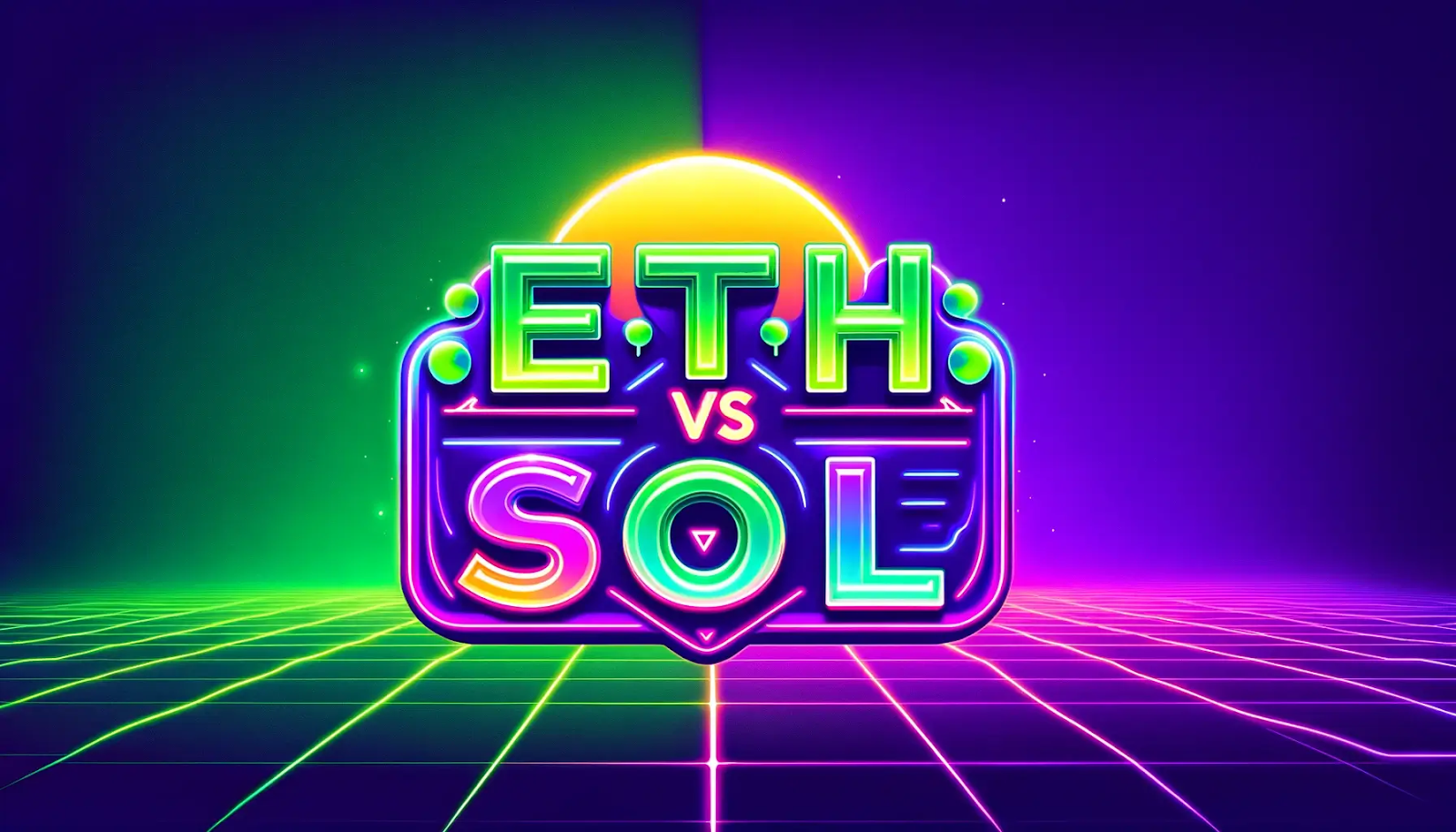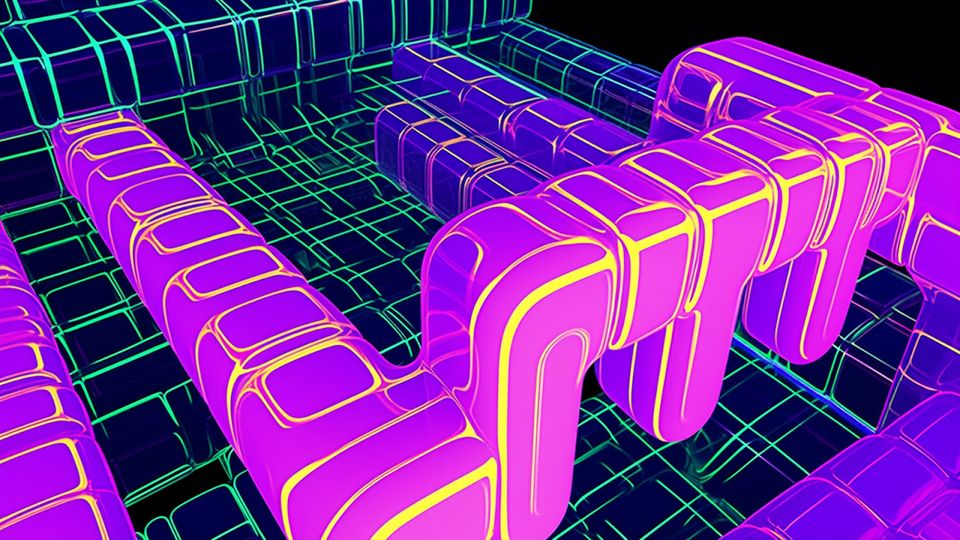
Stablecoins are cryptocurrencies that in theory are pegged to fiat currencies like the US dollar, with equivalent cash reserve. Their prices are supposed to be $1 at all times.
The two most popular stablecoins are USDT and USDC. Both have fiat reserves of equivalent value. Cryptocurrencies are always evolving and innovating. With this, algorithmic stablecoins have since emerged as a new form of stablecoin backed by no physical reserves.
What Are Algorithmic Stablecoins
An algorithmic stablecoin uses an algorithm that issues more coins when the price increases, creating more supply, and buys them off the market or incentivises users to burn their coins offering future rewards or benefits in return when the price falls, creating demand.
This algorithm is designed to achieve price stability and balance the stablecoin circulating supply.
Most stablecoins are backed by cash reserves, but algorithmic stablecoins use complex maths and incentive mechanisms to help maintain the peg to fiat, without holding any physical reserves.
Algorithmic stablecoins use smart contracts so the algorithm can interact with off-chain data, such as the market price.
An algorithmic stablecoin is a representation of what true decentralisation looks like, the smart contract code is what is responsible for the supply, demand and the overall target price.
Examples of Algorithmic Stablecoins
The longest-running algorithmic stable coin is ampleforth AMPL.
AMPL algorithmically adjusts circulating supply based on market conditions, designed to be the base money of the new decentralised economy.
If the price is high, the supply increases and if the price is low, the supply decreases, this rebasing mechanism aims to bring the price back to its pegged target.
One of the most well-known and unfortunate failures of algorithmic stablecoins is TerraUSD or UST.
Before its dramatic downfall in 2022, UST was one of the most popular algorithmic stablecoins, UST was pegged to the US dollar and maintained its stability through complex mechanisms involving the burning and minting of Terra (LUNA) tokens, with LUNA acting as collateral.
The system of using LUNA as collateral for UST has some limitations, this process can't support a large amount of coins to be minted and burnt at once.
Eagle-eyed investors noticed this loophole and decided to sell off large amounts of UST, effectively causing a bank run, causing the value to de-peg, and as more LUNA was minted to combat this, it decreased LUNA’s price, and a huge sell-off began.
A more in-depth look at what happened to UST can be found here.
USDD is a stablecoin on the TRON blockchain, it operates in a similar way to UST, but with a DAO that manages USDD and aims to establish a reserve of $10 billion in Bitcoin and other cryptocurrencies to support the stablecoin.
Justin Sun the Tron founder sees USDD as becoming just like Bitcoin, except that its price, in theory, will be aligned with the US dollar. Stablecoins within cryptocurrencies need to be just as decentralised as Bitcoin, so no one entity can affect it.
Frax Protocol is the first fractional-algorithmic stablecoin system, the end goal of the Frax protocol is to provide highly scalable, decentralised, algorithmic money in place of assets like Bitcoin.
Before Frax, stablecoins were divided into three different categories, fiat collateralised, over-collateralised with crypto and algorithmic stablecoins with no collateral.
Frax is partially collateralised with half backed by collateral and half run by an algorithm that modifies the stablecoin supply as needed.
Algorithmic Stablecoins Significance In The Cryptocurrency Ecosystem
Algorithmic stablecoins present a revolutionary method for achieving price stability for stablecoins without the need for collateral, making a significant shift from traditional models. Decentralisation, reliance on smart contracts and algorithms, rather than central issuers offers increased transparency and auditability.
Despite their innovative approach, algorithmic stablecoins face significant challenges, including susceptibility to market dynamics, potential coding flaws and other manipulations. The collapse of UST serves as a reminder of the risks associated with algorithmic stablecoins.
Final Thoughts
Perhaps, In the future, cryptocurrency transactions will be settled by decentralised stablecoins or algorithmic stablecoins.
For the moment, however, this still is a work in progress.
Blockchains need a decentralised algorithmic stablecoin to truly be decentralised. Algorithmic stablecoins represent a bold attempt to break free from traditional financial constraints and as the crypto ecosystem matures algorithmic stablecoins will no doubt have a role to play.
FAQ
What are Algorithmic Stablecoins?
Most stablecoins are backed by cash reserves, but algorithmic stablecoins use complex algorithms and incentive mechanisms to help maintain the peg to fiat, without holding any physical reserves.
How Do Algorithmic Stablecoins Work?
Algorithmic stablecoins uses an algorithm that issues more coins when the price increases, creating more supply and buys them off the market or incentivizes users to burn their coins offering future rewards or benefits in return when the price falls, creating demand or reducing supply.
What are some Algorithmic Stablecoins?
Frax Protocol, Ampleforth and USDD are some examples of algorithmic stablecoins.
Want More Cutting-Edge Crypto News?
Follow Us: X TikTok Instagram Telegram LinkedIn
Sign up to our newsletter at the bottom of the page
Check Out Our Top 10 Crypto Currencies of 2023
This article is intended for educational purposes and is not financial advice.

















